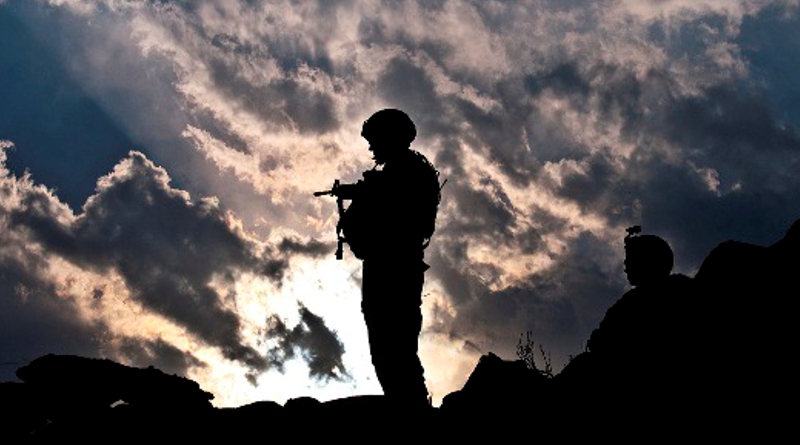Preventing Future Afghanistan Like Disasters In A Post 9/11 World
By Dr. Joshua Sinai
The quick and easy takeover by the Taliban of the Afghanistan state in August 2021, following the precipitous collapse of the Kabul government and its military and security forces, could have been prevented. This would have avoided the current political and humanitarian catastrophe facing the country and its population, and, especially the rise to power of a violently extremist theocratic regime and its affiliated al Qaida terrorist group.
This is especially pertinent during the latter part of 2021, which marks the 20th anniversary of al Qaida’s catastrophic 9/11 attacks on the World Trade Towers and the Pentagon, which, as pointed out by the 9/11 Commission and other reports, could have been prevented had the proper counterterrorism campaign measures been in place at the time.
Many lessons have been assembled over the years from previous counterinsurgency campaigns in which a Western country intervened to support an endangered foreign government and its military and security forces to counter its threatening terrorism and guerrilla insurgencies, whether in Vietnam or Somalia. Ten crucial measures of effectiveness in counterinsurgency stand out that are required for a government, whether an intervening government such as the United States or a local government, to defeat a protracted insurgency.
In the first measure of effectiveness, the intervening government must formulate a comprehensive political-military campaign plan prior to its inte...

